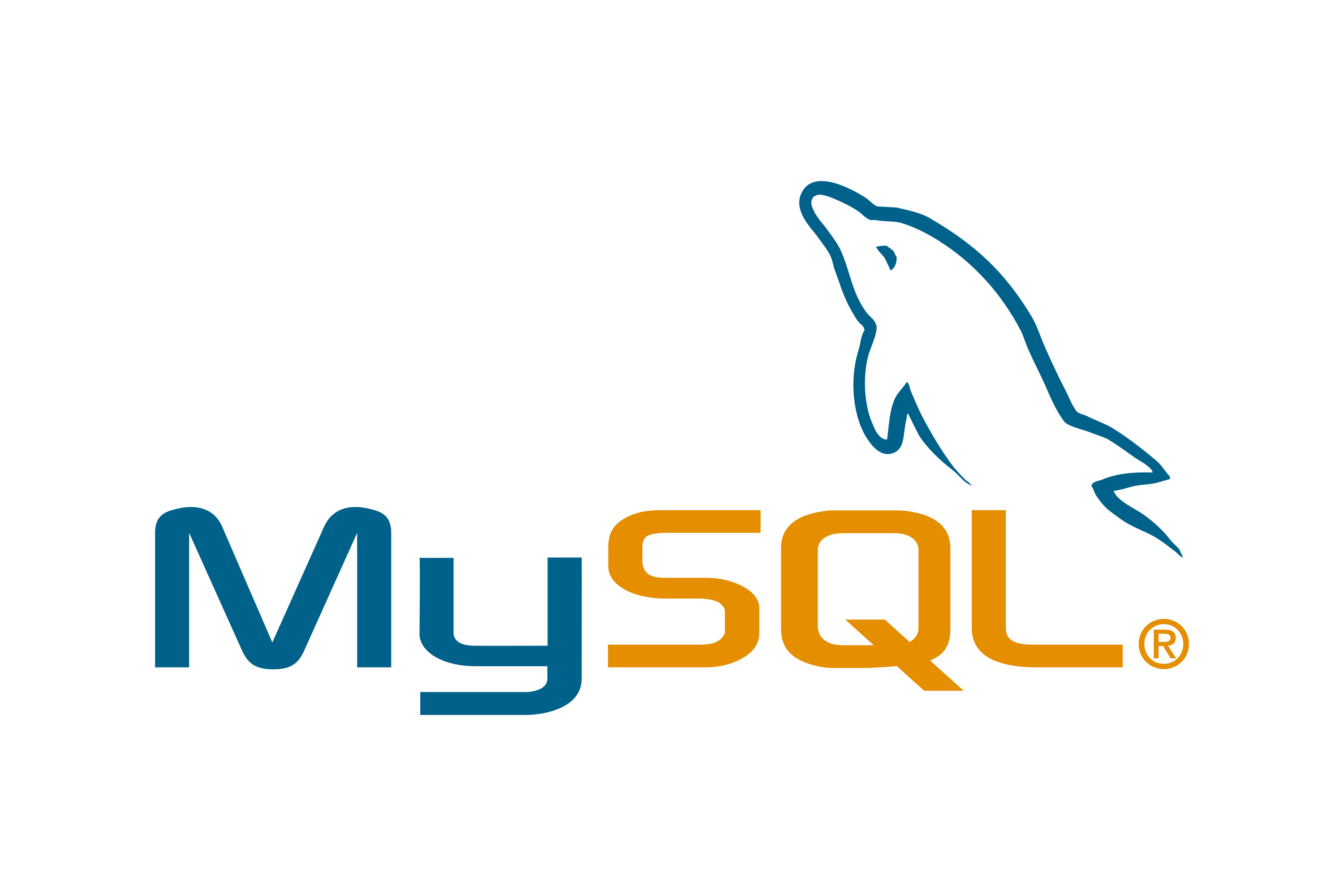| intro | DuckDB is an in-process SQL OLAP database management system. Simple, feature-rich, fast & open source. | MySQL is an open source relational database management system (RDBMS) that’s used to store and manage data. | in their own words - but I reserved the rights to remove some bold claims like "the best", unless it is widely recognized. |
| vendor | DuckDB Lab | Oracle | |
| initial release | 2018 | 1995 | |
| latested version | 1.3.0 "Ossivalis" | 9 | We don't put a release date here as the software is patching frequently. So tracking it is not much useful. |
| supported platforms | all major OS (Linux, macOS, Windows) and CPU (x86, ARM) | | supported OS/CPU platforms |
| db-engines ranking | 45 | 2 | ranks from https://db-engines.com/en/ranking (06/25) |
| relational? | yes | yes | Is it a relational database? (1) Most database are actually with some extensions, for example, nested data types, graph support, etc, which we usually called "multi-model". (2) Some of them are product family, meaning they have more than one database. Here we focus on the main one but explain others when needed. |
| open source? | yes | yes | mainly the engine code |
| license | MIT | commerical, GNU a dual-license model: an open-source license (GPL) and commercial licenses | |
| price: box software | 0 free download | $0 ~ $32,100 (2023) MySQL pricing by edition (annual subscriptions): (1)Community Edition: Open-source and free — from $0 (2) Standard Edition: Starts at $2,140/year for a two-core server; can scale up to $12,840/year as you add more cores portable.io (3) Enterprise Edition: Starts at $5,350/year for two cores; increases up to $32,100/year depending on core count | |
| on-premise offering | yes | yes | if no means you can't buy "box" software from them |
| cloud offering | yes: via MotherDuck MotherDuck is a cloud data warehouse platform that builds on top of DuckDB, an open-source analytical database. It provides a managed, serverless environment for storing, sharing, and collaborating on data while offering features like cloud storage, a web-based SQL IDE, and hybrid query execution (combining local and cloud processing). | None | |
| technical doc | https://duckdb.org/docs/stable/ | https://dev.mysql.com/doc/ | |

 Comparison: DuckDB vs MySQL
Comparison: DuckDB vs MySQL
 Comparison: DuckDB vs MySQL
Comparison: DuckDB vs MySQL